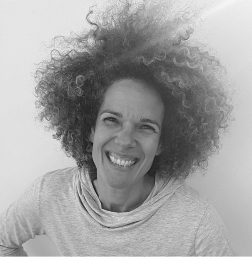Sabine HITIER
Angouleme, FR
Veteran of 3D animation for 20 years in Angoulême, currently director of FOST Studio (Angoulême branch) which officiates on 2D animation (Le Sommet des Dieux, Ernest et Célestine…).

Biography
Sabine Hitier holds a Master’s degree in architecture and a Master of Art in 3D animation.
She has been working in the animation film industry since 2001 wearing different hats:
That of the auteur film (she has directed 5 short films and 2 series projects),
that of teaching within different institutions (ENJMIN, EMCA, LISAA, ILOI, OBJECTIF 3D, ISART digital), and that of studio work on feature film projects, TV series and independent games.
Currently Sabine directs the antenna at the Fost studio in Angoulême.
Sabine Hitier's answers
Hello, my name is Sabine Hitier, I have been working in 3D cartooning for about twenty years in different positions in several studios in Angoulême, and currently I am the director of the Fost branch in Angoulême. The Fost studio, which does traditional animation, is also a studio that has, among other things, feature films to its credit. I worked on feature films like “The Summit of the Gods” and “Ernest and Celestine”.
So training in “creative media” at the master’s level seems interesting to me because we see that software evolves very, very quickly and, for example, in 3D cartoons. In this case, we are using software that comes from video games, in order to use real time for production facilities. Currently, production methods for cartoons, for example, have very specific funding methods, and it is difficult for established producers to change funding methods. However, with the new media, the new distribution systems, there is a need for foresight, for imagination. It takes time for that, and ideas on how to recover or what to tell, how to recover it and on what medium. The Master’s level makes it possible to have people who, by doing foresight as a field of research in precisely technical and artistic disciplines, would be useful in view of the new uses of all the tools and their speed of evolution.
In the Creative Media specialty, which seems necessary to me to have in a course with my experience in cartoons, I have also worked a little bit in video games (very little) but what is necessary is to have a strong understanding of how things are told, and what is the human object that hears it, eyes, ears, hands for interactive things. So it’s already knowing how to tell and how each media needs to see things told. This is a first thing therefore the script, I would say specific to each media, and the production methods: How are we going to find the money to produce? Since we do not finance at all in the same way both a cartoon and a video game. So, as these are fields that will come together, they will no doubt have other ways of financing themselves.
Obviously, the mastery of the tools and the technique is necessary, since these things evolve very quickly and require an enormous technical knowledge which takes time to acquire. So that’s really the three necessary poles, in my opinion, to develop in order to have a global, coherent vision and to develop innovative projects.
In my opinion, the necessary skills to have for these students would really be to give them a general culture. What is interesting is to propose to them, in my opinion, that they themselves have a curiosity to have this technological watch to keep abreast of all the various products offered for the consumption of images and the artistic approach. Because the consumption of images is one thing, but there is also this artistic added value.
In the animation world in which I evolve, I see a lot of tools, in this case for 3D animation, but even now for 2D animation, since 3D tools are used to make images that look like 2D. We come to recover a lot of video game tools, so real-time visualization. And there is something that is taking place at the moment, which is relative to the pipeline: All the work pipelines are changing to have real time, we no longer use the same tools or the same way of working . And the type of tools available are changing right now. And there’s absolutely no industry maturity in those tools. The people who currently come out of school could help us to know how to use these tools, to imagine work methodologies, to set up pipelines, to coordinate teams and to imagine how, with a basic narrative source, we will be able to dispatch it on different media. How will the user manage to get what he wants. And for us, in cartoons, what we use, for example, is real-time rendering which allows us to have an image without having to calculate it. While the calculation took a lot of time before, it is a financial gain, work flexibility and responsiveness too. These tools are really about to evolve and allow, since they are real-time tools, to also be tools for video games. So potentially they can form gateways. It’s something we’ve imagined for a very long time. Will it do it or not? It’s been ten years since we imagined that cartoons and video games would develop together, but we still haven’t gotten there yet. Users haven’t really made the leap between the two, video games remain video games and cartoons remain within cartoons. No doubt the tools will be there and the people who know how to carry the tools will be the key to being able to switch.
So, in the cartoon, the transformations are often related to the tools, we change about every five years, not really every five years, we have tool changes every five years. There are developments, I would say rather. And while I’m mostly talking about 3D, there’s a lot of modification, a lot of research and development in 3D tools. 2D tools are being matured for an animation optimization system as well. In the long term, I admit that I don’t really visualize how it can evolve because precisely, I’m one of those people who don’t visualize but who try to learn to adapt, but it’s less and less easy because there are so many things that have evolved in my career that I no longer have that flexibility.
I think in cartooning, the difference in usage, actually, is that the end user has more and more image to consume. So there is movement, moving images, more and more everywhere, everywhere, everywhere, everywhere. The cartoon allows you to have flexibility in creation, to draw almost anything you want. We don’t need a filming location, for example, we draw it and we have it. For now, there are really more and more needs for animated images, whatever the medium. Indeed, 5G makes it possible to have an even more fluid image rate. So obviously, with the arrival of 5G, there will be more and more images to create, it’s obvious, things are no longer fixed on the mobile phone. Things are going to move all the time because people need to have eye-catching content. They need to be the first to be seen, so it’s obvious that there will be animated images, moving things, there will be more and more of them on more and more platforms. Unfortunately for the planet…
So, if ever in my company, I could employ someone with this master’s degree, I think I would find someone who would develop the tools, to allow my work to be optimized. For the moment, I am not someone who does foresight. So the employees I have are all technical specialists, technicians in fact.
My company being on a traditional architecture of manufacturing cartoons, we do not yet have the visualization of the interest of this position, and we are companies with many, many employees, therefore a pyramid system which is quite important. And I think that master’s students like that, precisely, should be innovative. They don’t have to be in a company that already has work methodologies because they’re the ones who are going to put them in place. I imagine more that these students, once out, will have to create their own projects, to take the risks and to be business leaders, or to join companies which are already multidisciplinary and know how to take risks. In cartoons, we have an industry that has already very fixed habits and customs and so I don’t know at all if that corresponds to the way engineers work.
General culture, image culture in general. The young people I meet coming out of school know very little about what is going on around them. They have a culture that is linked to television and have few things, in cartoons anyway, it’s a very particular lexical field. But they stop in the cartoon, they don’t see above, they don’t see elsewhere. However, there are so many things in immersion with glasses, video projections on different types of media, the body, space, drops of water, there are so many different things in which animation could develop that often, I think about this technology watch, it’s not very strong in the cartoon. It’s really something I regret.
Animation is not a Fine Arts discipline and philosophical research around the image of art is not at all specific to the world of animation. In the industry, it’s okay, it’s OK like that. For us, what we find for the moment is good, the fact that people are not more curious, for our work, they have the curiosity that interests us, for the moment. When we go to recruit people, they have seen all the cartoons that it would have been possible to see anyway. But that stops at the cartoon. And it’s true that in “creative media”, on the other hand, that’s not possible, you have to go further.



